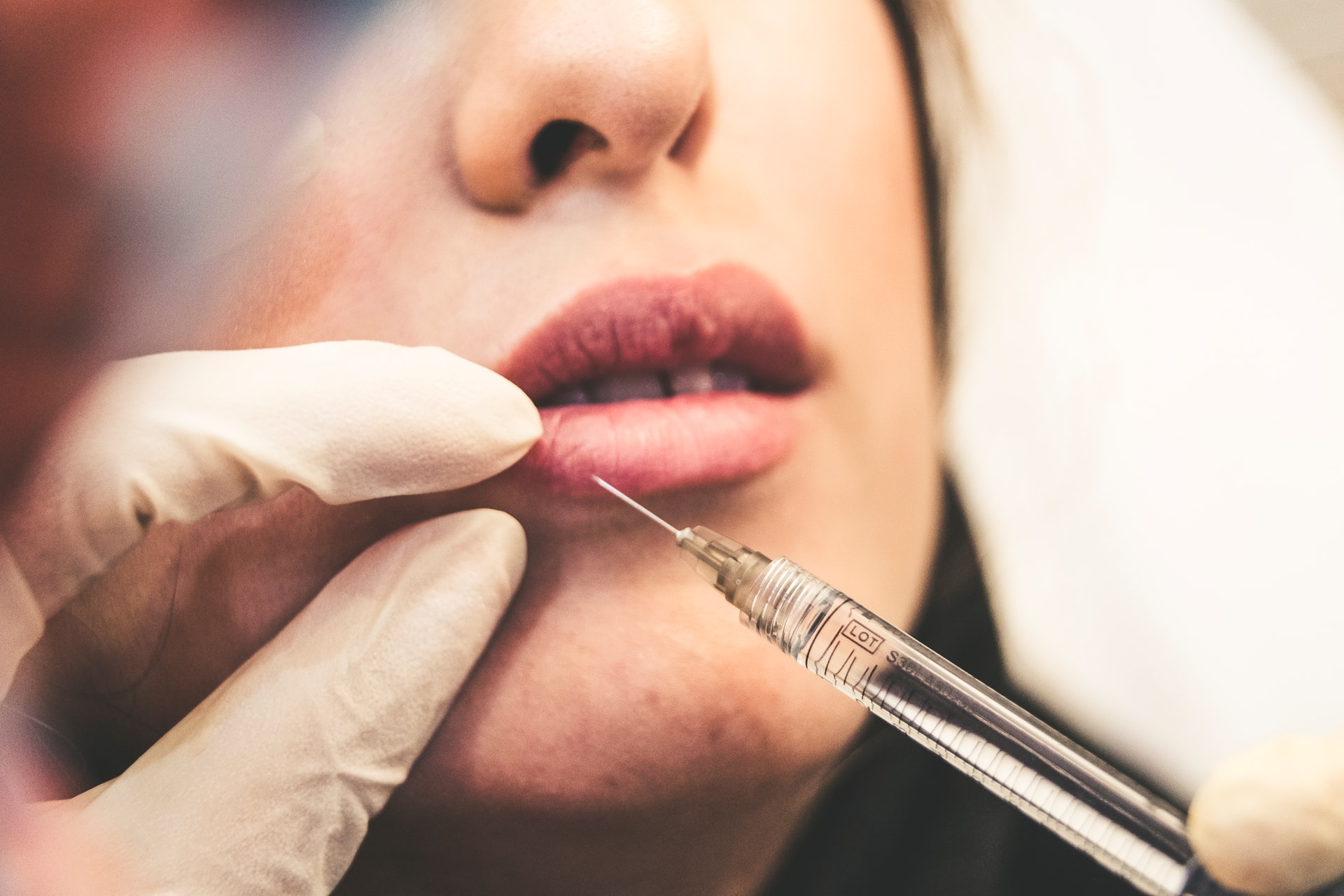Botox – Usage, Procedure, and Possible Side Effects

Botox is an injectable muscle relaxer, which uses Botulinum toxin to temporary weaken and paralyze muscles. It is used in medical aesthetics as means to reduce the appearance of facial wrinkles such as fine lines around the eyes, forehead, and between the brows. It is also used to help treat some medical conditions. This is the number one nonsurgical procedure in the United States.
How Does Botox Work?
Botox is a drug prepared from the C. botulinum bacteria, which is used in the medicine and can benefit people with various nerve and muscular disorders. It is also used in medical aesthetics to remove wrinkles and fine lines on the face. The drug uses specifically OnabotulinumtoxinA and can temporarily paralyze muscles.
Botox is a neurotoxin, which means that the substances used in it target the nervous system and disrupt nerve signals that stimulate muscle contractions. This is how the drug causes temporary muscle paralysis and slows the formation of new fine lines. In order for muscles to contract, a chemical messenger, called acetylcholine is released by the nerves. Botox injections prevent the release of acetylcholine and stop the muscle cells from contracting. Thus, the muscles become less stiff.
Botox Cosmetic involves no incisions or general anesthesia. Topical anesthetic may be used to numb the area that is being treated. The procedure takes only 10 minutes and in this time a thin needle is used to deliver a couple of injections of botulinum toxin A around the eyes and between the brows. The results show in the next three days and last between 3 and 12 months, depending on the treatment. The provider of this treatment must be a licensed physician, or a nurse.
Cosmetic Uses of Botox
The main use of Botox in medical aesthetics is to reduce the appearance of moderate to severe facial wrinkles. People typically get Botox injections in the area between the brows (frown lines), the area around the eyes, also known as “crow’s feet”, the horizontal creases in the forehead, around the corners of mouth, and the chin. Some people even use Botox to improve the appearance of dark circles and their hair. However, there is little evidence that this works. The treatment is FDA approved only for treating frown lines and wrinkles around the eyes.
Medical Uses of Botox
Botox has originally been designed to help treat various medical conditions most of which affect the neuromuscular system. The treatment is FDA approved for treating blepharospasms, strabismus, overactive bladder, excessive swelling (hyperhidrosis), upper and lower limb spasticity and chronic migraines, and cervical dystonia (a neurological movement disorder that causes neck pain). Moreover, some people also use Botox injections for unapproved, off-label uses such as treating psoriasis, dishidrotic eczema, alopetia, sialorrhea (a condition that causes production of too much saliva), etc.
Possible Risks and Side Effects
Botox injections are said to be relatively safe when the treatment is performed by a licensed professional. In order to reduce risk of bruising, people should avoid using blood-thinning medicine, such as aspirin, before the procedure. Also Botox should be avoided during pregnancy or breastfeeding, or if you have had a previous allergic reaction to this drug or some of the ingredients in it.
After the treatment you should avoid rubbing, massaging, or applying pressure to the area that has been treated. This could cause Botox to spread to other unwanted areas. If you get Botox injected between your brows, you should avoid lying down or bending over for a couple of hours, because there is a risk of Botox slipping under the orbital rim or causing eyelid droop.
Most of the common side effects are temporary. There may be some minor bruising or discomfort for a few days. Other possible side effects include swelling or drooping in the eyelid area, blurred vision, tiredness, headache, neck pain, double vision, dry eyes, hoarseness and change or loss of voice, and allergic reactions, such as a rash, itching, or asthma symptoms. If you have had any of these problems before the injection, there is a higher risk of aggravation.
Some of the more dangerous risks are loss of bladder control, problem swallowing, speaking, or breathing, due to weakening of associated muscles, which can be severe and ultimately result in loss of life. Swallowing problems may last for several months.






